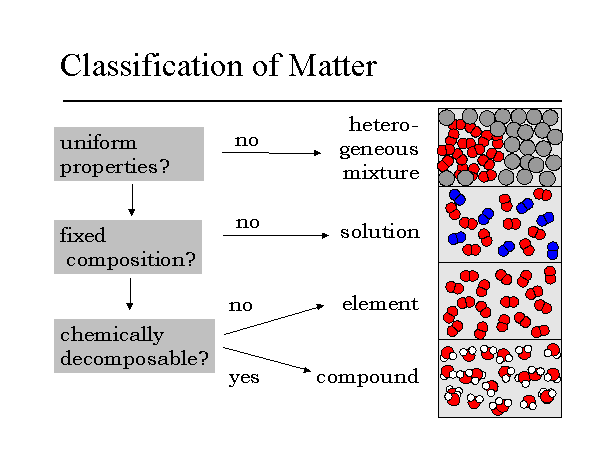Identify the State of Matter Represented by Each Particle Model
Picture one Lego piece as a building block and a Lego castle as a large piece of matter. The following figure illustrates the microscopic differences.

Models Of Matter Particle Model Schoolworkhelper
Matter in the liquid state are free to.

. We can break the castle apart into smaller pieces. Gases liquids and solids are all made up of microscopic particles but the behaviors of these particles differ in the three phases. Melting and boiling points.
Matter in the liquid state is in the intermediate state between the solid and gaseous states. The three states of matter are traditionally recognized in chemistry. The particles can be atoms molecules or ions.
Explain the process of melting and freezing using the particle model of matter. If you are only told that H2O is a reactant you will not know. The Particle Model.
The particles are in constant motion. First it provides a reasonable explanation for the behaviour of matter. Solids liquid and gases.
Whats In Activity 1. Get to Know Me a Little More. Matter is made of tiny particles.
The Particle Model of Matter 3 The particles have spaces between them. All matter is made up of tiny particles. Gas are well separated with no regular arrangement.
Microscopic view of a liquid. How to Identify States of Matter in a Chemical Formula. There are forces that act between the particles.
The speed of the particles increasesdecreases when the temperature increasesdecreases. To explain the existence of states of matter and changes of phase we use a microscopic model of matter. The Particle Model of Matter 4 The particles are always in motion- vibrating rotating and in liquids and gases moving from place to place.
Closely packed in fixed regular positions and cannot move a lot. The physical forms of in which matter exits which include solid liquid and gas. Particles are able to slide over each other.
Depending on how strong or weak the binding forces between the individual particles of a substance are three different states of matter or states of aggregation are distinguished. Particles are able to constantly move freely and randomly in all directions. Chemical equations and the formulas of substances that appear in them are powerful recipes for laboratory experiments and information about the state of matter of each reactant and product is vital.
There are four main ideas in the particle model. There is empty space between the particles. Is a model that describes the arrangement and movement of particles.
Matter often changes state when energy is added or taken away. 2 on a question Identify the state of matter represented by each particle model. Building blocks of matter are called atoms The particle model of matter is comprised of four main ideas.
This model states what solids liquids and gases are and explains the differences in their behaviour. Particles are close together but can move a little. Particle model of solids liquids and gases.
All matter is made up of tiny invisible moving particles. The way the particles interact with each other helps. The motion of particles atoms molecules and the strength of attraction between particles.
State of matter The particle model can be used to illustrate why a substance behaves differently depending on temperature and why its atomic structure changes. The individual Lego bricks which represent building blocks. When matter is in the soli state the particles are packed closely together forming a rigid structure in which the molecules posses the lowest amount of energy compared to the other states of matter.
Identify the difference between renewable non renewable energy resources. One of the first topics I teach my pupils when they arrive in Year 7 11 years old is the particle model. Which description best matches this particle model.
Predict the bond strength between particles for each state of matter. If the bond is strong. Particle model The Particle Model of Matter 51 Scientists find the particle model useful for two reasons.
1 2 Solids liquids and gases The three states of matter are solid liquid and gas. Microscopic view of a gas. Second it presents a very important ideathe particles of matter.
Particles of Matter Particles. Understand the macroscopic evidence for each of the four basic principles of the particle model of matter. For something to change state we have to.
The model is used to explain. Three States of Matter - Matter exists in three physical states. Identify the state of matter represented by each particle model.
Circle the letter only. Microscopic view of a solid. The particle model represents particles by small solid spheres.
Everything around you is made of particles so tiny that we cannot see them even with the most powerful microscope. The classification of matter into solids liquids and gases in termed physical classification of matter. Select the letter that corresponds to the description given for each image figure and identify the state of matter based on the description given.
The kinetic theory of matter states that the matter is made up of tiny particles that move all the time. Arrangement of the particles.

6 1 What Is The Particle Model Of Matter Particle Model Of Matter Siyavula

6 1 What Is The Particle Model Of Matter Particle Model Of Matter Siyavula

States Of Matter Fun Science Experiments Kids Matter Science Experiments First Grade Science
0 Response to "Identify the State of Matter Represented by Each Particle Model"
Post a Comment